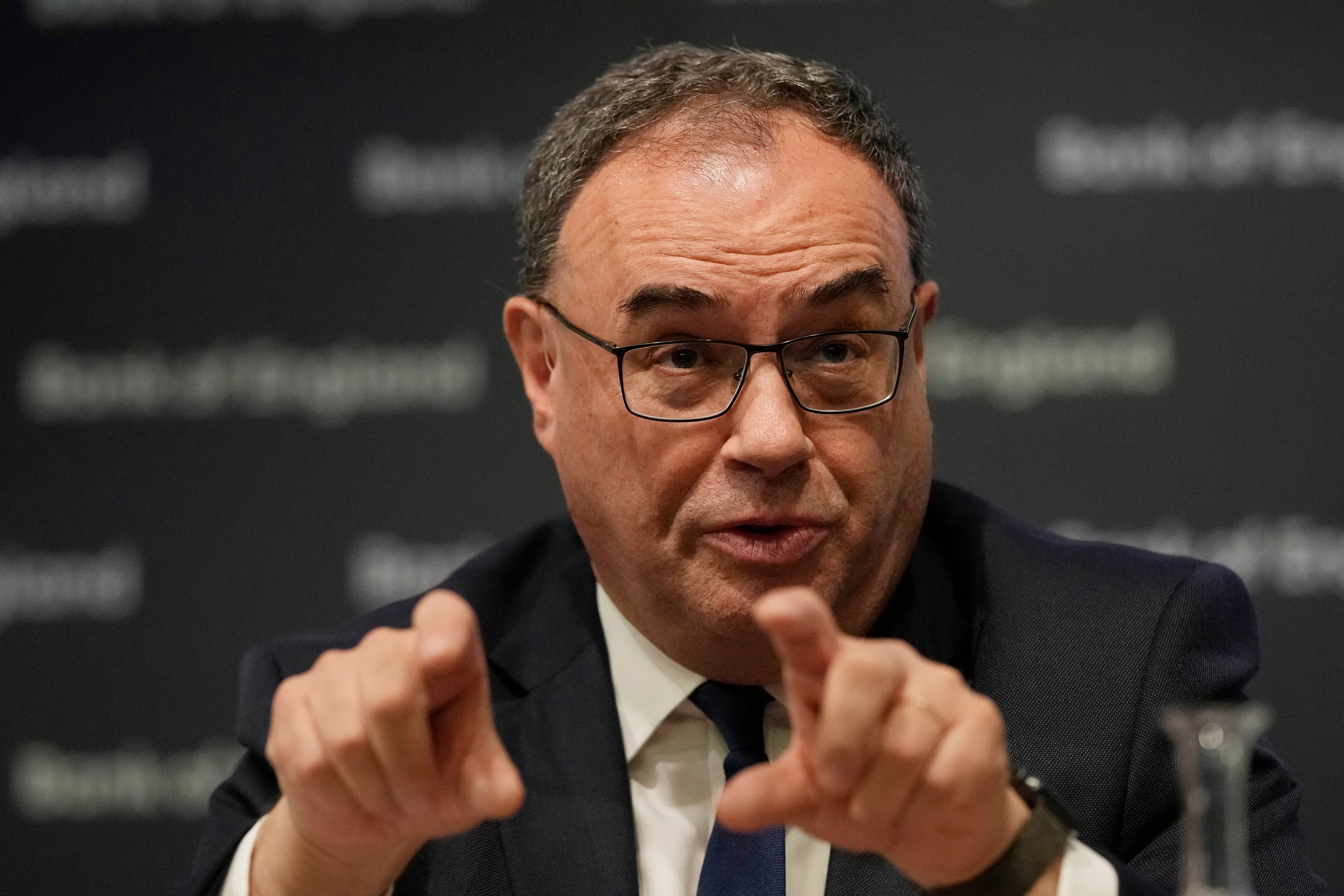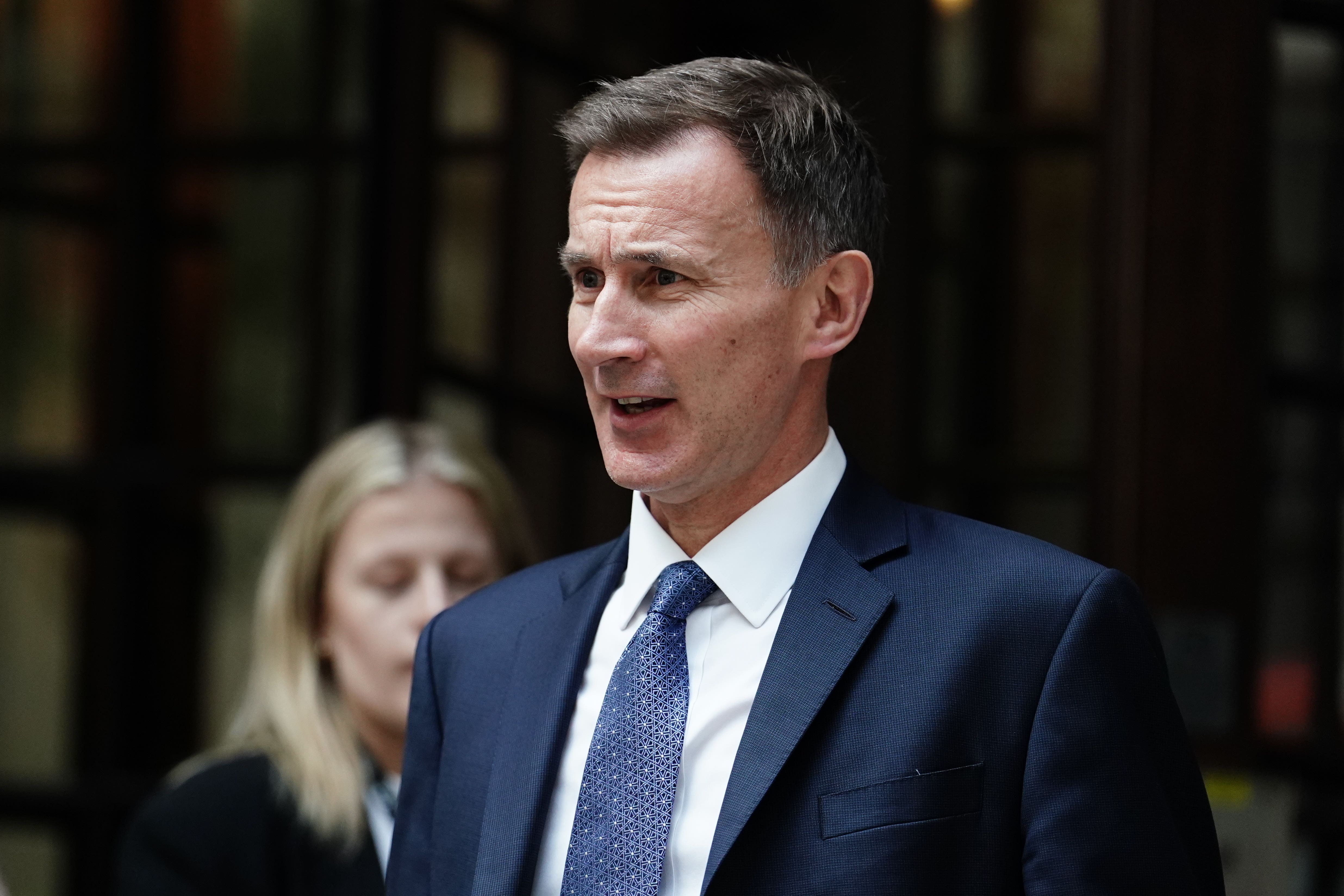Bank of England may hike interest rates after record increase in wages
Regular pay grows by 7.8 per cent in three months – sparking ‘migraine’ for central bank
Your support helps us to tell the story
From reproductive rights to climate change to Big Tech, The Independent is on the ground when the story is developing. Whether it's investigating the financials of Elon Musk's pro-Trump PAC or producing our latest documentary, 'The A Word', which shines a light on the American women fighting for reproductive rights, we know how important it is to parse out the facts from the messaging.
At such a critical moment in US history, we need reporters on the ground. Your donation allows us to keep sending journalists to speak to both sides of the story.
The Independent is trusted by Americans across the entire political spectrum. And unlike many other quality news outlets, we choose not to lock Americans out of our reporting and analysis with paywalls. We believe quality journalism should be available to everyone, paid for by those who can afford it.
Your support makes all the difference.Wage increases in the UK have soared to a new record high – but are still being outpaced by stubbornly persistent inflation, figures show.
The Office for National Statistics said regular pay rose by 7.8 per cent between April and June, almost as high as the 7.9 per cent level of inflation.
The new figures will give Bank of England decision makers a “migraine” as it heaps further pressure on them to keep hiking interest rates to cool inflation, according to experts.
Official statisticians also revealed that the rate of unemployment in the UK increased from 3.9 per cent to 4.2 per cent in the three months to June – while the number of people with long-term sickness has increased to a record high.
It means the unemployment rate is the highest since the autumn of 2021 and brings the measure above pre-pandemic levels. Labour accused the Tories of “failing working people” by having “no answers” to getting people back to work.
It comes ahead of the inflation figures for July, published later this week, with analysts optimistic that the rate will fall by nearly a full percentage point. The data is expected to show consumer price index (CPI) inflation falling from 7.9 per cent to around 7 per cent.
However, The Independent understands that analysis by Treasury officials shows that inflation will then rebound again in August – with the unwelcome reversal set to show up in figures released the following month.
Wage growth means the Bank of England will face extra pressure to hike interest rates from 5.25 per cent to 5.5 per cent in September, said CMC Markets analyst Michael Hewson. “This morning’s numbers have not just given the central bank a headache, but a migraine,” said the expert.
Analysts at the Capital Economics consultancy said they also now expected the Bank of England to deliver “one more 25 basis point rate hike before it brings its tightening cycle to a close”.

Dr Sushil Wadhwani, a former member of the Bank of England’s Monetary Policy Committee, said the news of wage growth is “disappointing” for the Bank as it likely means interest rates will have to increase from 5.25 per cent to at least 5.5 per cent.
He told BBC Radio 4’s Today programme that wage growth is above 8 per cent, which is “incompatible” with a price inflation target that would be set at 2 per cent in a “perfect world”.
Dr Wadhwani said: “Now of course as price inflation is likely to come down because of, for example, lower energy bills... wage inflation will follow price inflation down. But the key thing is how much does the Bank need to encourage the process by raising interest rates further?
He added: “That is why the numbers today were disappointing because I think sadly it does mean that rates would have to go higher than might have been thought yesterday. Certainly the markets have revised their view – they are now projecting a peak closer to 6 per cent.”
Many top lenders have slashed interest rates on fixed mortgage deals in recent days, offering some relief to struggling homeowners. But it is not clear if a price war will emerge if the central bank insists on raising the base rate next month.

The ONS data published on Tuesday also showed that inactivity in the labour market due to long-term sickness hit a new record high. Job vacancies also fell by 66,000 though remain just above the million mark (1.02 million).
The data also shows the number of payrolled employees increased slightly, by 97,000 to 30.2 million in July, although the ONS said this is a “provisional estimate and is likely to be revised when more data are received next month”.
Labour shadow work and pensions secretary Jonathan Ashworth said the figures “confirm once again that the Tories are failing working people and businesses across Britain”.
He said: “Families are struggling to get by, there are record numbers of people out of work due to long-term sickness, and the employment rate for over-50s is still below pre-pandemic levels – yet Tory ministers have no solutions to get people back to work. The consequence is thousands written off and a rising benefit bill.”
Responding to the figures, chancellor Jeremy Hunt said: “Thanks to the action we’ve taken in the jobs market, it’s great to see a record number of employees.
“Our ambitious reforms will make work pay and help even more people into work – including by expanding free childcare next year – helping to deliver on our priority to grow the economy.”
Liberal Democrat Cabinet Office spokesperson Christine Jardine said the “figures will be of cold comfort for families struggling to keep their heads above water”, adding: “Spiralling mortgage bills are wiping out any progress on pay rises.”
Jack Kennedy, senior economist at the global hiring and matching platform, Indeed, said: “There are signs the cost of living could finally start to ease after record annual pay growth drove pay above inflation for the first time in over one-and-a-half years.
“Regular pay growth jumped to a record 7.8 per cent year on year in the second quarter of 2023, the highest it’s been since comparable data began in 2001.”




Join our commenting forum
Join thought-provoking conversations, follow other Independent readers and see their replies
Comments